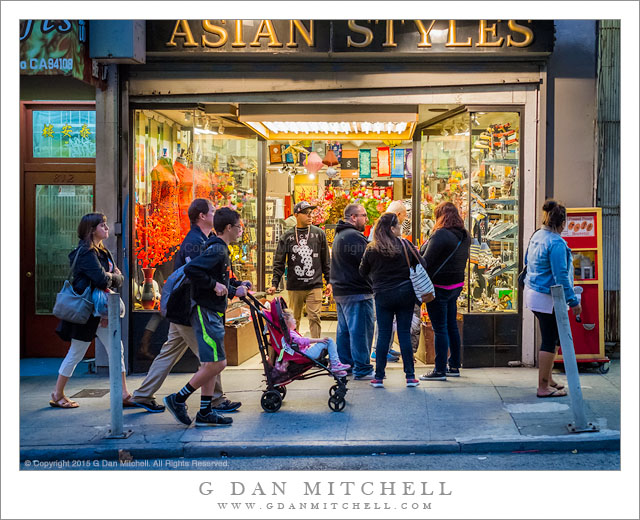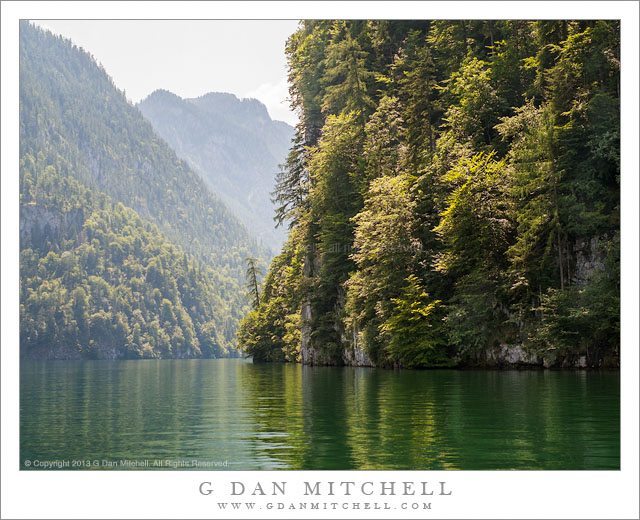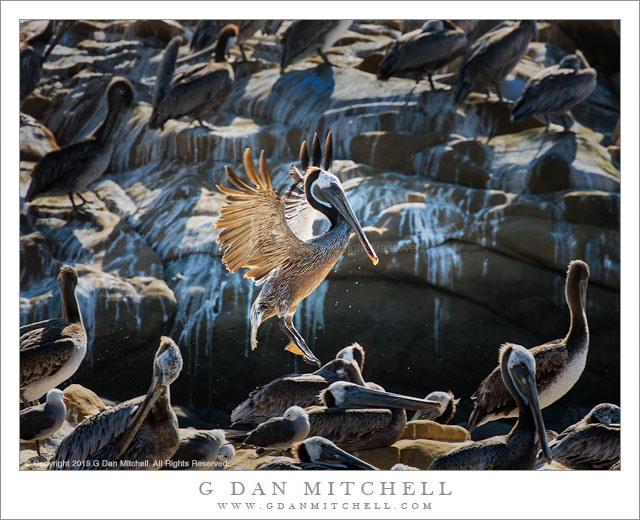I recently posted an article about the Fujifilm X-Series camera system that included a list of some impressive price reductions that are part of a current Fujifilm promotion. These prices are still available, making this a great time to acquire a Fujifilm X-Series camera or lenses. Here is the list once again.
X-Pro1: Fujifilm’s innovative interchangeable lens camera combining an optical rangefinder design with an electronic viewfinder.
X-T1: Fujifilm’s flagship interchangeable lens mirrorless camera
X100T: Fujifilm’s compact rangefinder fixed lens camera. Street photographer’s love it.
X-T10: A less expensive but very capable camera modeled on the X-T1.
- X-T10 (save $100)
- X-T10 + 18-55 (save $100)
- X-T10 + 16-50 (save $100)
- X-T10 + 18-55 + 55-200 (save $400)
- X-T10 + 16-50 + 50-230 (save $300)
X-E2: A very compact interchangeable lens mirrorless camera. (I use the X-E1, the predecessor of this model.)
X-30: A very compact mirrorless camera with a smaller sensor and a zoom lens.
Fujifilm lenses for X Series interchangeable lens cameras
Summary: Based on my own experience with a number of the lenses and confirmed by many other reports, the Fujifilm lenses provide first-rate optical performance. The range from very small prime lenses up to large aperture zooms that are competitive with the best from the DSLR manufacturers. I have marked lenses that I own and use with asterisks — *.
- XF90mm f/2 (save $150)
- XF10-24mm zoom (save $150)
- XF14mm f/2.8 (save $150) *
- XF27mm f/2.8 (save $150)
- XF35mm f/1.4 (save $150) *
- XF60mm f/2.4 macro (save $150) *
- XF16mm f/1.4 (save $200)
- XF18mm f/2 (save $200)
- XF23mm f/1.4 (save $200) *
- XF56mm f/1.2 (save $200)
- XF16-55mm (save $200)
- XF50-140mm zoom (save $200)
- XF18-55mm zoom (save $200)
- XF18-135mm zoom (save $200)
- XF55-200mm zoom (save $200) *
- XF 56mm APD (save $400)
This list was compiled carefully, but errors could occur, so verify all prices and other information directly with the linked vendor(s).
Taking Stock of the Fujifilm X-E1, X-E2, S-T1 Mirrorless Cameras — My article with more information about the X-trans cameras from Fujifilm.
Links go to site-affiliate B&H Photo, and purchases through these links return a small percentage of the sale price to support this website. Your price will be the same as if you clicked directly on the vendors own links. Thanks for your support!
 G Dan Mitchell is a California photographer and visual opportunist. His book, “California’s Fall Color: A Photographer’s Guide to Autumn in the Sierra” is available from Heyday Books and Amazon.
G Dan Mitchell is a California photographer and visual opportunist. His book, “California’s Fall Color: A Photographer’s Guide to Autumn in the Sierra” is available from Heyday Books and Amazon.
Blog | About | Flickr | Twitter | Facebook | Google+ | 500px.com | LinkedIn | Email



